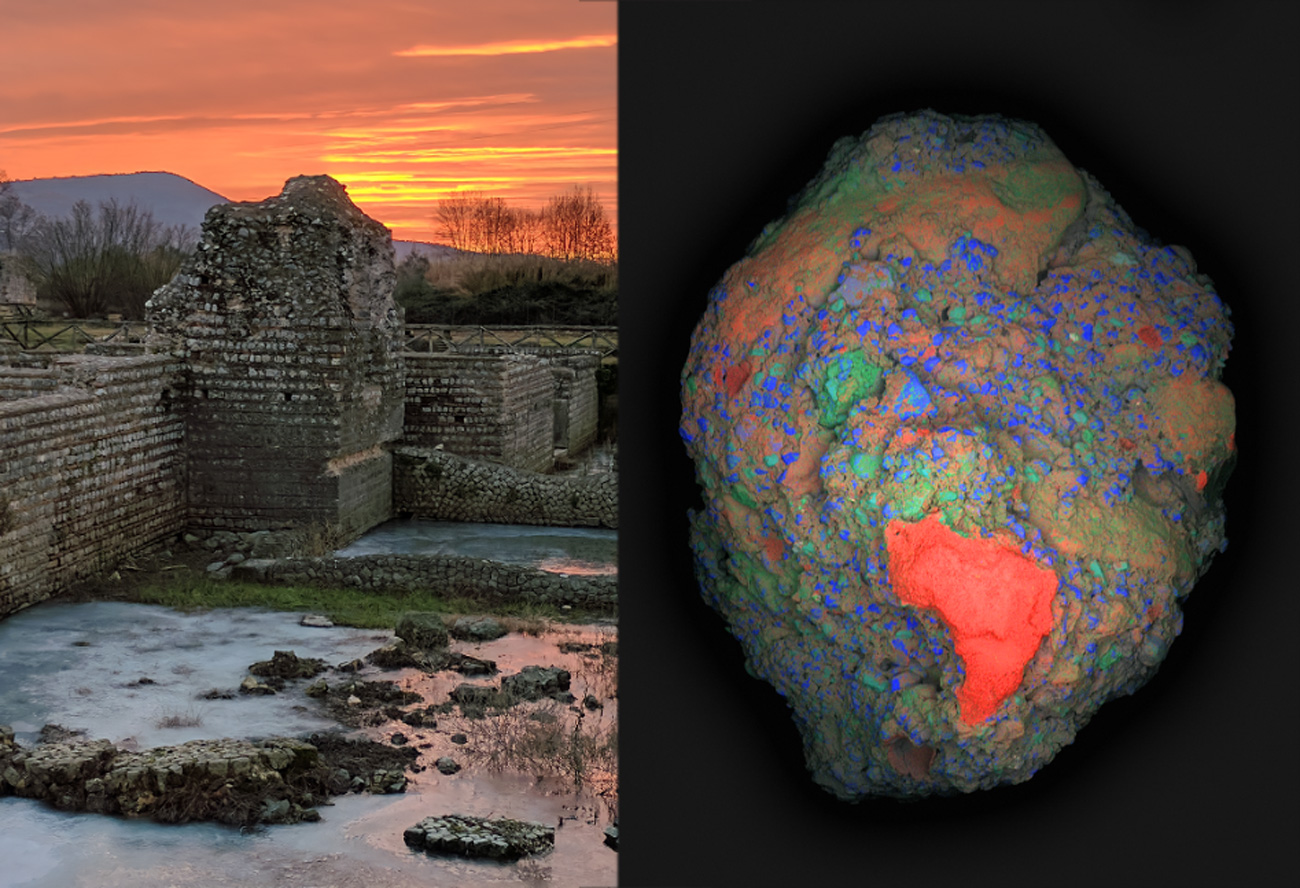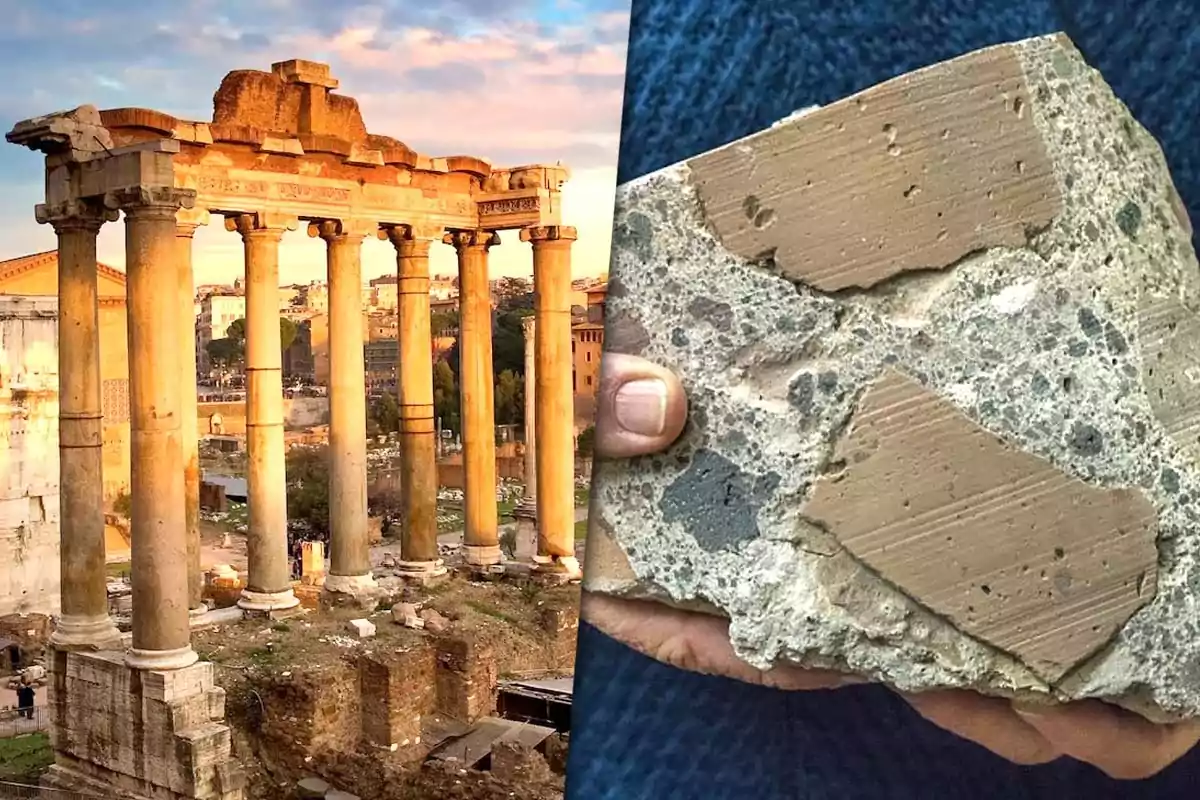Introduction
The ancient Roman Empire is renowned for its monumental architecture, with structures like the Pantheon still standing tall after nearly two millennia. A recent study led by the Massachusetts Institute of Technology (MIT) sheds light on why Roman concrete is so durable and long-lasting. Unlike modern cement, Roman concrete possesses self-healing properties that have helped preserve these ancient marvels over thousands of years. In this blog, we explore the unique ingredients and techniques behind Roman concrete’s incredible longevity.
Key Ingredients of Roman Concrete

The MIT-led research, published in Science Advances, identifies volcanic ash, lime clasts, and a specialized hot mixing process as critical to the strength and durability of Roman concrete.
- Volcanic Ash (Pozzolan): The Romans sourced ash from the volcanic region near Pozzuoli in Italy. This ash contains silica and alumina, which react chemically with lime and water through a pozzolanic reaction. This reaction creates a cementitious material that strengthens over time, making Roman concrete far more durable than its modern counterparts.
- Lime Clasts: These small chunks of quicklime embedded within the concrete give it a remarkable self-healing ability. As the concrete develops cracks due to weathering, water penetrates and reacts with these lime clasts, producing calcite crystals that fill and repair the cracks naturally.
Why Roman Concrete Outlasts Modern Cement
Modern Portland cement, widely used today, is produced using a high-temperature kiln process that finely powders the materials. While efficient for quick construction, this process destroys the lime clasts found in Roman concrete, removing the natural self-healing feature.
In contrast, the Romans employed a hot mixing technique where quicklime was combined with volcanic ash, water, and other materials and heated together. This method preserved the lime clasts and enhanced the setting strength, allowing the concrete to cure faster and become more resilient over time.

Implications for Modern Construction
The discovery of these properties in Roman concrete has significant implications for modern engineering and construction. Researchers are now exploring how to replicate these self-healing characteristics in contemporary concrete to extend the lifespan of infrastructure and reduce maintenance costs.
Such advancements could lead to more sustainable building materials that reduce the environmental impact of construction while improving durability.

Conclusion
The MIT study provides fascinating insight into the ancient technology that made Roman concrete one of the most durable building materials ever created. Thanks to volcanic ash, lime clasts, and innovative hot mixing, Roman concrete possesses natural self-healing powers missing from modern cement. This discovery not only helps us appreciate ancient engineering but also guides future innovations in sustainable construction.
For those interested in the intersection of history, science, and technology, this research highlights how ancient knowledge can inspire modern advancements.









